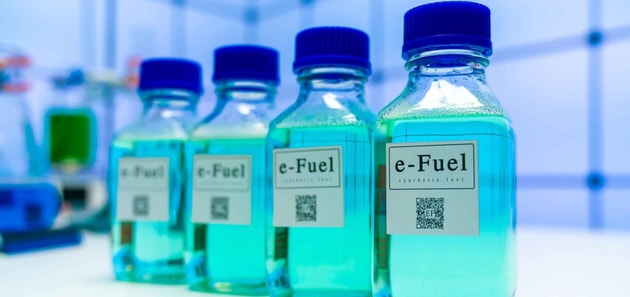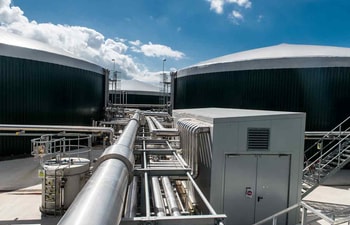As widely reported in recent days, a new BloombergNEF study suggests there are more than 30 e-fuels projects in the pipeline to come on-stream by 2030, with the Power-to-Liquids (PtL) pathway based on hydrogen and captured carbon dioxide (CO2) capable of scaling to an annual capacity of over one billion gallons (3.785 billion litres) in 2030.
In addition to the more than 30 planned to be on-stream, several others exist with unscheduled start dates.
BloombergNEF cites a total production capacity of over 1.3 billion gallons per year in 2030.
North America will account for 615 million gallons of this planned capacity by 2030, thanks to the HIF Global project in Texas.
Europe would account for around 350 million gallons, it added.
E-fuels offer a decarbonisation solution for hard-to-abate transport sectors like shipping and aviation, and a December 2023 report from the International Energy Agency (IEA) – titled The Role of E-fuels in Decarbonising Transport – underlined how e-fuels could be ‘a viable pathway’ and scale up quickly by 2030. This would be underpinned by ‘a massive expansion of cheaper renewable electricity’ and the anticipated cost reductions of electrolysers.
The new study by BloombergNEF does predict, however, that the expansion of e-fuels will be handicapped by costs. It says that by 2050, e-kerosene will still remain more expensive than traditional jet fuel combined with direct air capture (DAC) to offset emissions.






